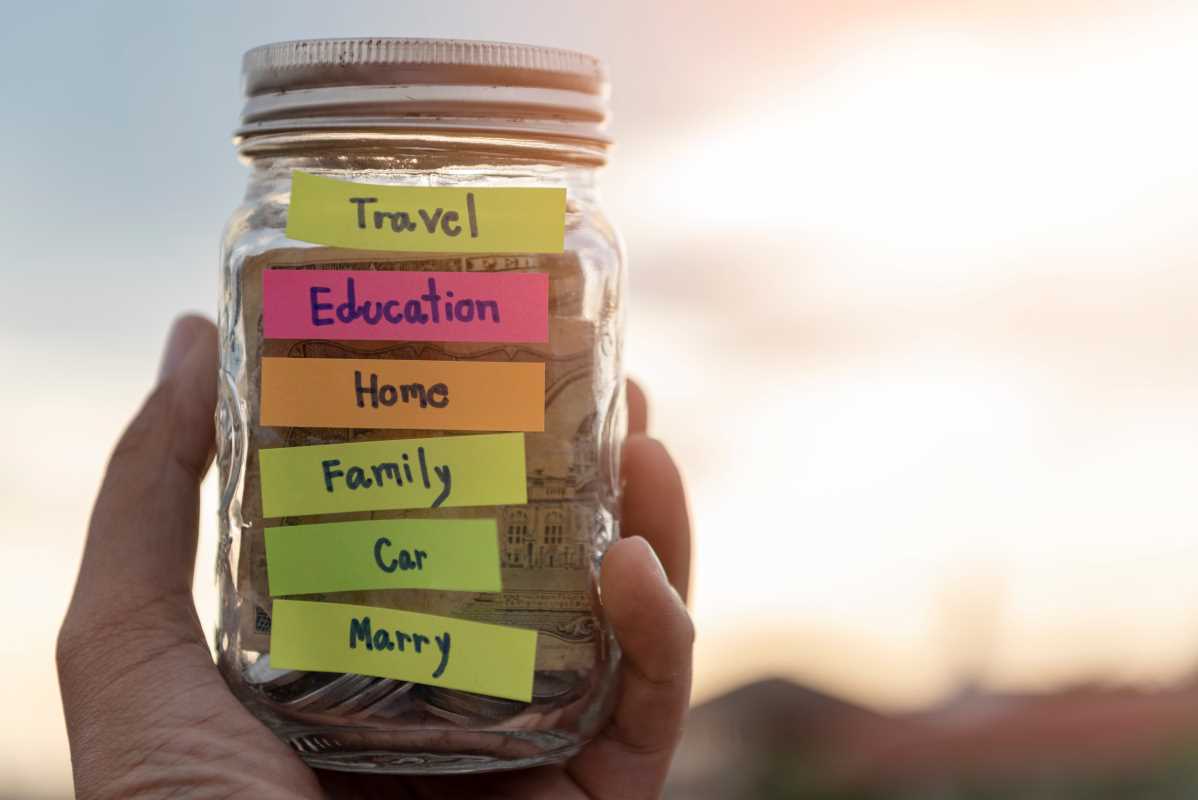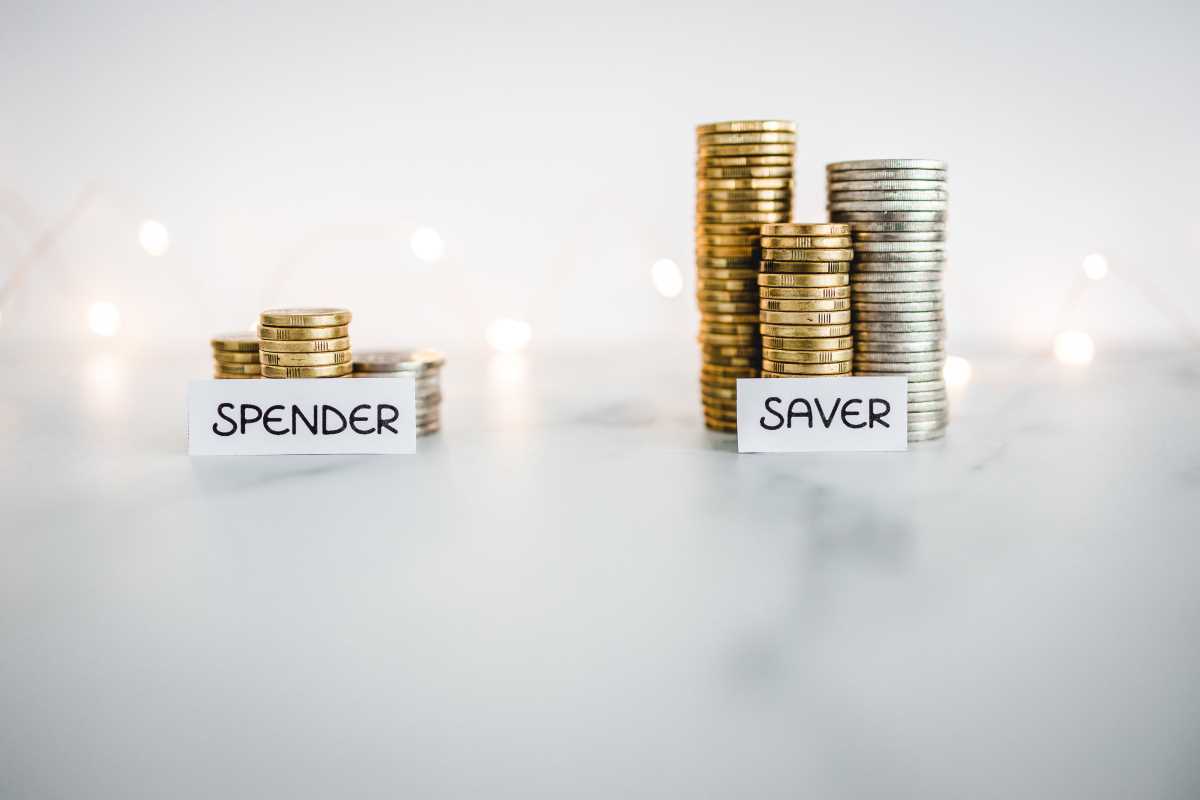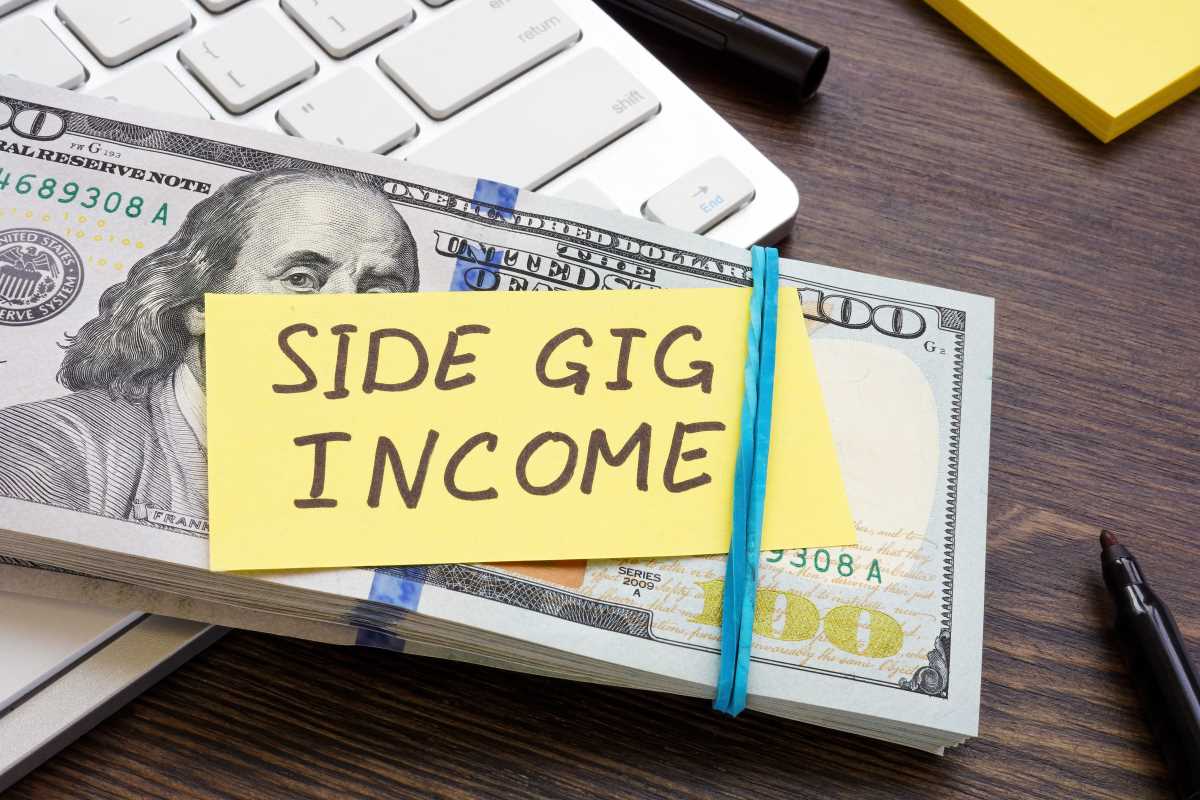Life throws curveballs, right? Unexpected bills, job losses, car repairs – it happens to all of us. That's why having a financial safety net is so crucial. It’s like having a superhero shield against those money surprises. As a financial expert, I know how much peace of mind a good safety net can bring. So, let’s break down how to build one, step by step.
Think of your financial safety net like a sturdy umbrella. You might not need it every day, but when it rains, you'll be glad you have it.
Why Do You Need a Safety Net?
Simply put, a financial safety net is a stash of money you set aside for unexpected expenses or emergencies. It's your buffer against life’s little (or big) financial hiccups.
- Peace of Mind: Knowing you have money set aside can reduce stress and anxiety.
- Avoid Debt: A safety net can prevent you from relying on high-interest credit cards or loans when emergencies arise.
- Financial Security: It provides a cushion during job loss or other income disruptions.
- Flexibility: It gives you the freedom to handle unexpected expenses without derailing your financial goals.
How to Build Your Safety Net:
Start Small:
Don’t feel like you need to save thousands overnight. Even small amounts add up. Start by setting aside a small amount each week or month.
Set a Goal:
Aim for 3-6 months' worth of living expenses. This will give you a good cushion in case of job loss or other major emergencies. To figure out how much to save, calculate your monthly expenses and multiply that number by 3 or 6.
Create a Dedicated Savings Account:
Open a separate savings account specifically for your emergency fund. This will help you keep it separate from your regular spending money. Consider a high-yield savings account to earn more interest.
Automate Your Savings:
Set up automatic transfers from your checking account to your emergency fund. This makes saving effortless and consistent.
Cut Back on Unnecessary Expenses:
Look for areas where you can cut back on spending, like dining out less or canceling unused subscriptions. Put that extra money directly into your emergency fund.
Boost Your Income:
Consider starting a side hustle or selling items you no longer need. Any extra income should go towards your emergency fund.
Use Windfalls Wisely:
Tax refunds, bonuses, or gifts are great opportunities to boost your savings. Resist the urge to splurge and put that money directly into your emergency fund.
Prioritize Your Emergency Fund:
Treat your emergency fund like a non-negotiable expense. Make it a priority in your budget.
Replenish Your Fund:
If you have to use money from your emergency fund, make it a priority to replenish it as soon as possible. This will ensure you're always prepared for the next emergency.
Don't Touch It (Unless It's an Emergency!):
It's tempting to dip into your emergency fund for non-essential purchases, but resist the urge. Only use it for true emergencies, like job loss, medical expenses, or major car repairs.
What Counts as an Emergency?
- Job Loss: This is a major emergency that your safety net is designed for.
- Medical Expenses: Unexpected medical bills can be a significant financial burden.
- Major Home or Car Repairs: These are necessary expenses that can’t be avoided.
- Natural Disasters: If you live in an area prone to natural disasters, an emergency fund is essential.
What Doesn’t Count as an Emergency?
- Vacations: While fun, vacations are not emergencies.
- New Gadgets: Shiny new toys can wait.
- Eating Out: Occasional treats are fine, but they're not emergencies.
Building a financial safety net takes time and discipline, but it’s one of the best things you can do for your financial well-being. It's about being prepared for life's unexpected twists and turns, and having the peace of mind that comes with knowing you're financially secure. You got this!







